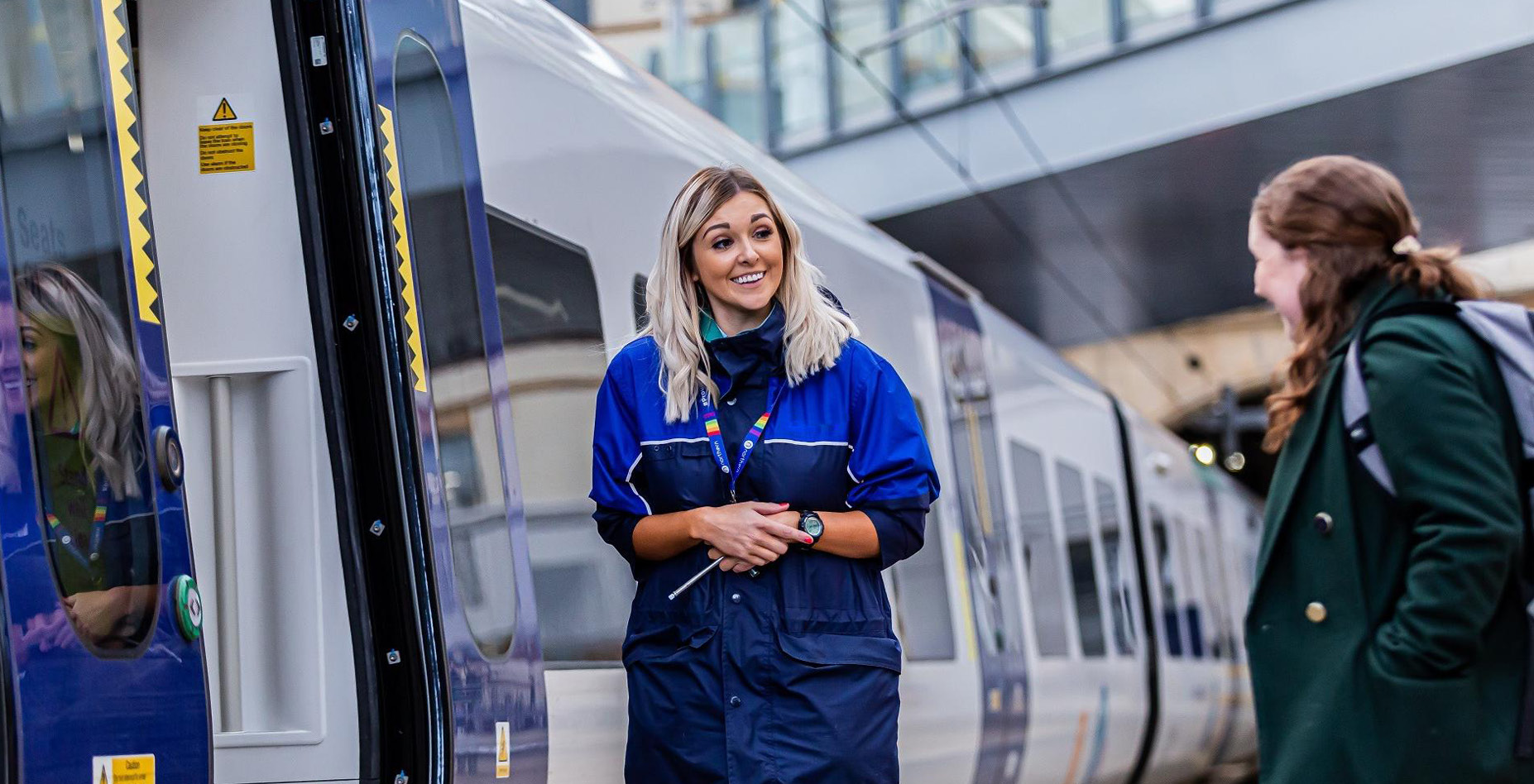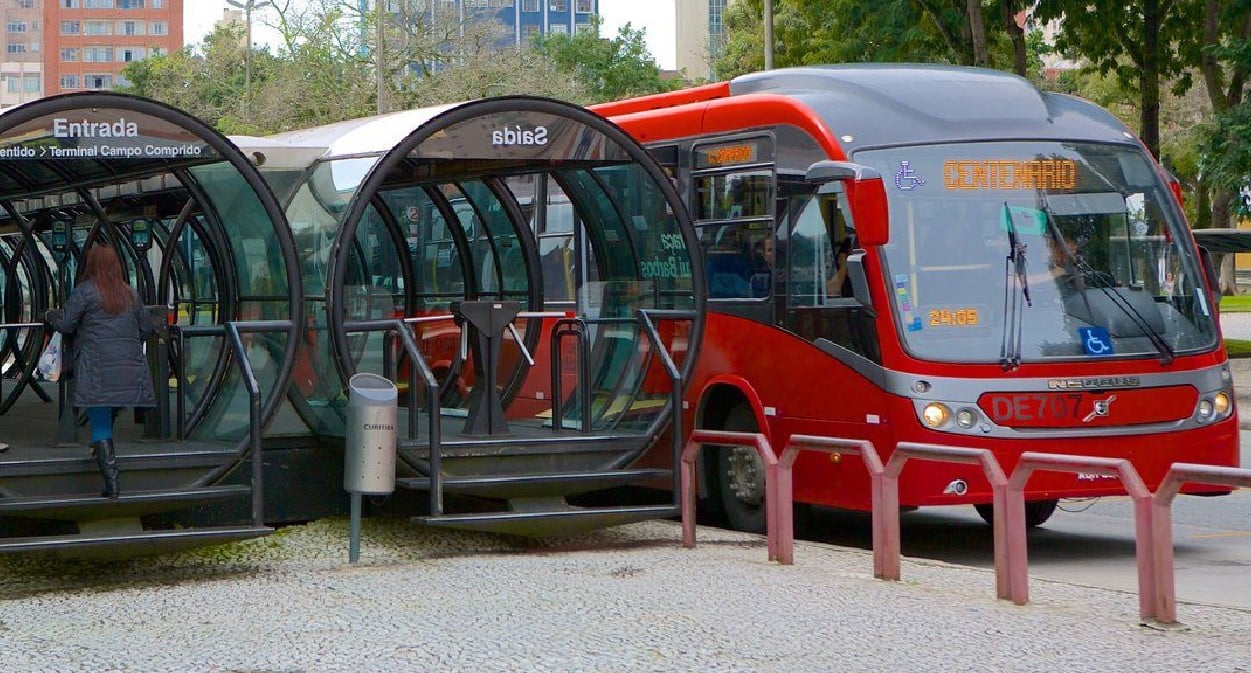The top 4 contactless public transport payment methods in 2023
The adoption of contactless payments in public transport has been growing rapidly in recent years, driven by increased consumer demand for convenient and efficient payment options and the rollout of new technologies and infrastructure.
Given the continued growth of the use of contactless payments in other areas of the economy, it is likely that we will see a similar trend in public transport in the coming years, with increasing numbers of commuters choosing to use contactless payment methods for their journeys.
From 2021 to 2023, many cities around the world saw a significant increase in the use of contactless payments in their public transport systems, with millions of contactless transactions taking place each day. According to Pymts, the volume of open-loop EMV cards in ticketing is expected to increase from 24.8 million to 136.9 million globally by 2025.
As we’ve already shared, and as was reported by the Global Mass Transit report 2020, more than 25% of 500 cities had introduced account-based ticketing and contactless payment methods on public transportation, and that number continues to grow. Contactless payments bring certain benefits to transportation providers and can greatly increase the speed and efficiency of the boarding process, as passengers can simply tap their card or device on the reader rather than fumbling for change or waiting in line to purchase a ticket. It reduces operating costs by reducing the need for ticket vending machines and staffed ticket windows, as well as the cost of paper ticket production and distribution. It also improves data collection, allowing operators to gather data on passenger behaviour and usage patterns, which can be used to improve their services and make more informed business decisions.
The 4 most popular methods
With the introduction of contactless payment methods, transport operators can extend the number of payment instruments available on their routes. These are some of the most popular contactless payment methods for public transport. They offer the convenience of not having to carry cash, and many provide real-time updates on balances, journey history, and automatic fare calculation.
Bank cards with contactless technology: This is a popular option as many people already have a bank card with contactless functionality, and it’s easy to use. As reported by paymentscardmobile, the number of payment cards globally reached 14 billion in 2016 and is predicted to rise to 17 billion by 2022.
Using bank cards with contactless technology is beneficial and convenient for commuters as they don’t have to carry cash or purchase physical tickets. The card allows a single-ticket experience, with which it can be used across multiple types of transportation. Commuters can also benefit from real-time updates on their journey history and fare information through the use of a dedicated mobile app on their journey.
By accepting bank cards with contactless technology, transport operators can benefit from reduced fraud and lower processing fees compared to traditional magnetic stripe cards. They can also benefit from real-time data on passenger behaviour and usage patterns.
Mobile Payment Apps: Many smartphone users prefer to pay with a mobile payment app, such as Apple Pay, Google Pay, or Samsung Pay, as it eliminates the need to carry a physical card. According to Statista, in 2023, the current number of smartphone users in the world today is 6.92 billion, meaning 86.34% of the world's population owns a smartphone.
By using mobile payment apps, commuters can benefit from real-time updates on their journey history and fare information, as well as the ability to track their spending and manage their finances through the app.
Transport operators can also benefit from the widespread adoption of smartphones and the convenience of contactless payments. They can track passenger behaviour and usage patterns, and benefit from lower processing fees compared to traditional card payments. Mobile ticketing also provides opportunities for cross-selling and integration with third parties to provide even more functionality and control over the journey and smart city experience.
Transit Cards: Though transit cards are a closed-loop scheme, they are still popular among operators. Yet there is evidence of priorities shifting towards open-loop payments, such as Dutch public transport starting to accept bank cards or London TFL. Some other cities and countries have their own dedicated transit cards that work like contactless payment methods. For example, Hong Kong has the Octopus card, New York has the MetroCard, and Bishkek has Tulpar. These cards can be reloaded with credit and used to pay for multiple types of transportation in the city.
By using transit cards, commuters can benefit from the ability to receive discounts and promotions, and to track their journey history and fare information.
Transport operators may use those transport cards to offer discounts and promotions to cardholders, and to gather data on passenger behaviour and usage patterns.
Mobile Tickets and QR: Some transit systems allow you to purchase tickets directly from your smartphone and then display them on your phone's screen for scanning when boarding as barcode or QR code. QR codes are becoming a popular method of payment in some countries. According to Juniper Research, the total number of QR code payment users will grow to over 2.2 billion by 2025. To pay, you simply scan the QR code displayed at the entrance to the transit system and the fare is deducted from your mobile wallet.
By purchasing tickets directly from their smartphones, commuters can benefit from the convenience of a paperless ticketing system and the ability to view their journey history and fare information in real time. They can also benefit from the ability to purchase tickets from anywhere, at any time, such as an online ticket marketplace for any purpose, be it transportation, leisure (such as concerts or cinema), or anything else.
By accepting payments via QR codes, transport operators can benefit from the convenience and speed of contactless payments. They also benefit from a reduction in costs connected with processing cash. QR and barcodes, as well as other forms of mobile tickets, are a modern and secure way to access journeys and increase accessibility of the service for tech-savvy generations, improving passenger user experience.
Overall, commuters can benefit from the adoption of contactless payment methods in several ways, including increased convenience, real-time updates on their journey history and fare information, the ability to track their spending and manage their finances, and the option to receive discounts and promotions. Meanwhile, adopting contactless payment methods can help transport operators to streamline their operations, improve their financial performance, and provide a better experience for their passengers.
What’s next
The future for contactless payment methods in public transportation looks bright. With the increasing popularity of smartphones and wearables, as well as the growing demand for convenient and efficient payment options, it is likely that the use of contactless payment methods in public transportation will continue to grow in the coming years.
In the near future, it is possible that we will see a further integration of payment methods across multiple modes of transportation, with a single card or app being able to be used for payments on buses, trains, subways, and other types of transportation providing a unique multi-modal environment. In some places such intermodal maas environments are already live, getting more popularity and volumes.
It is likely that we will see a wider introduction of new payment technologies, such as biometric authentication, that will further increase the convenience and security of contactless payments in public transportation. The future for contactless payment methods in public transportation is one of continued growth and innovation, as transport operators and payment providers work together to provide commuters with convenient and efficient payment options.




